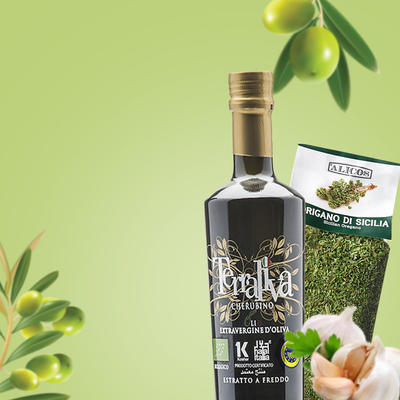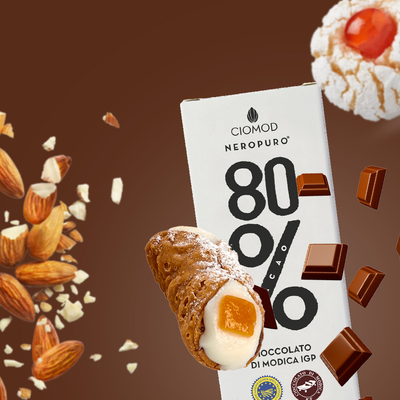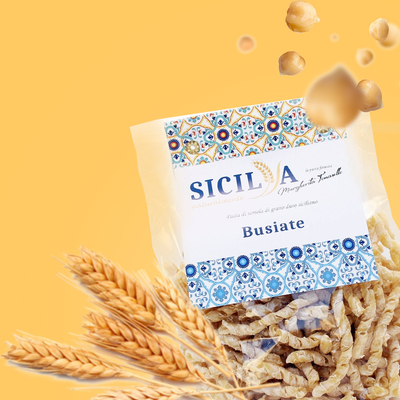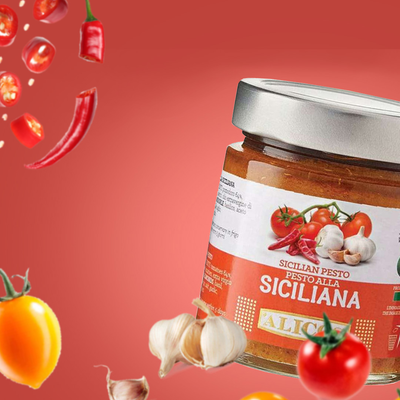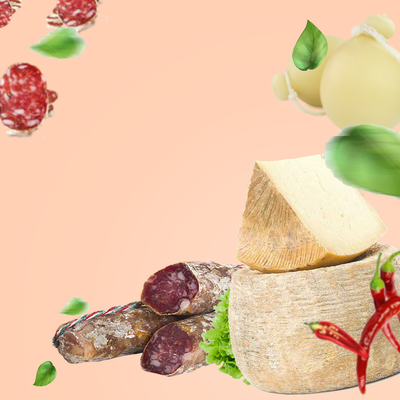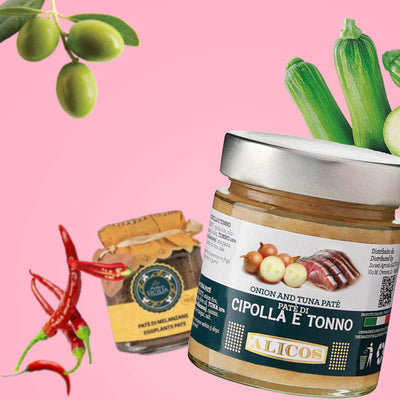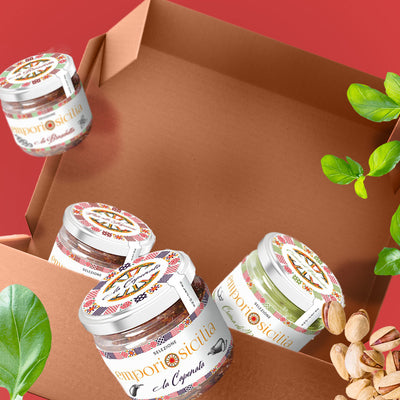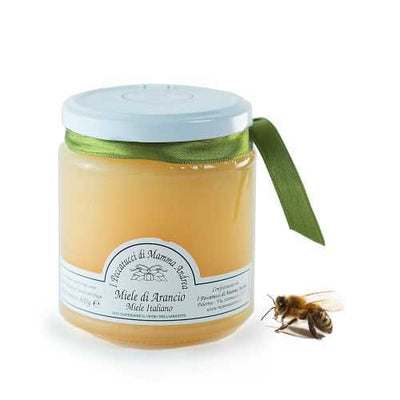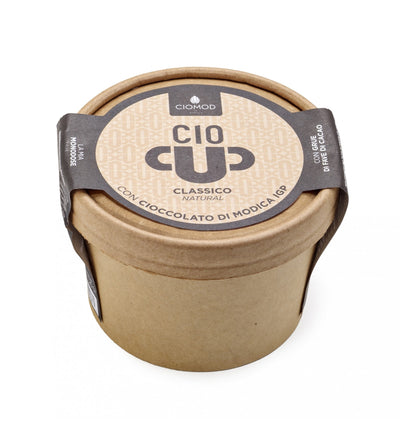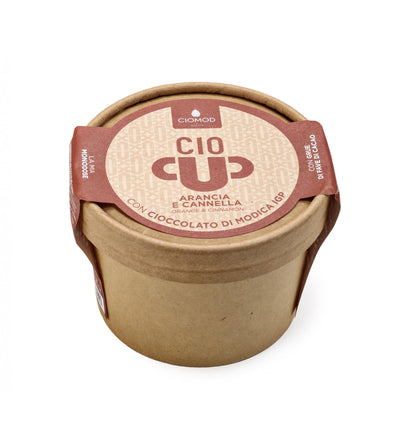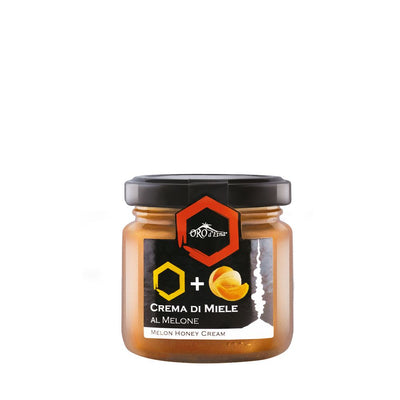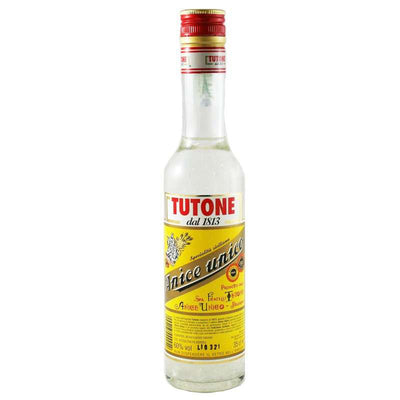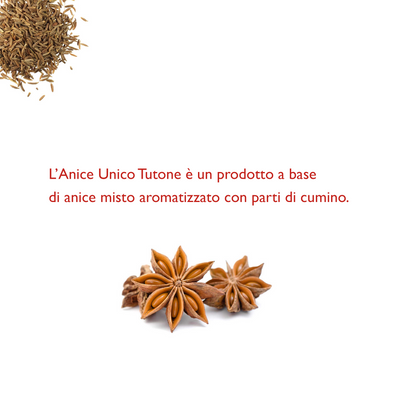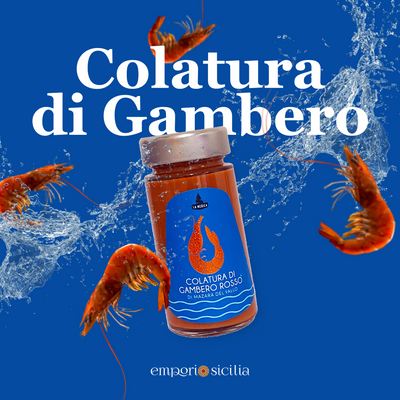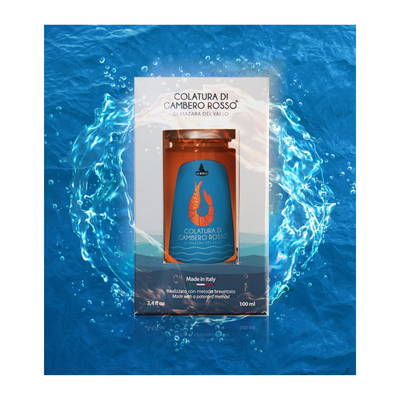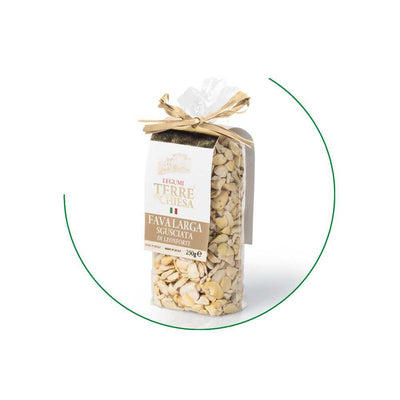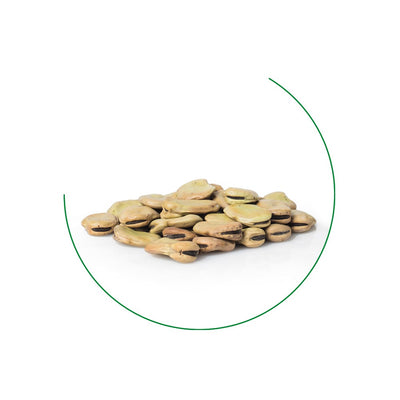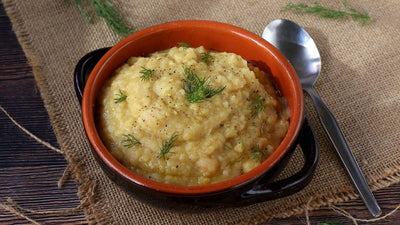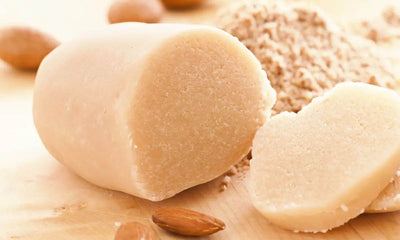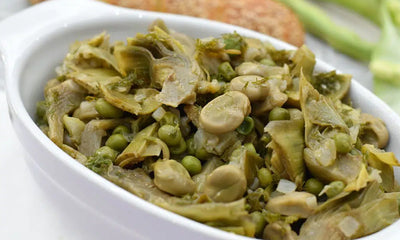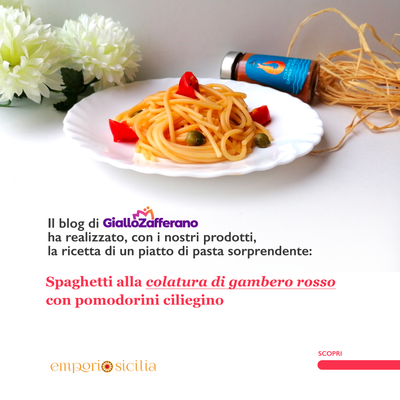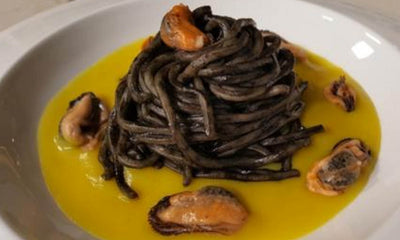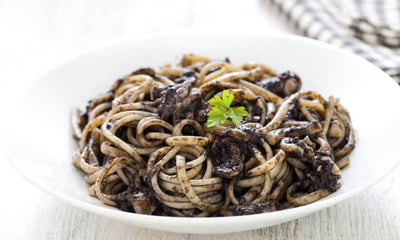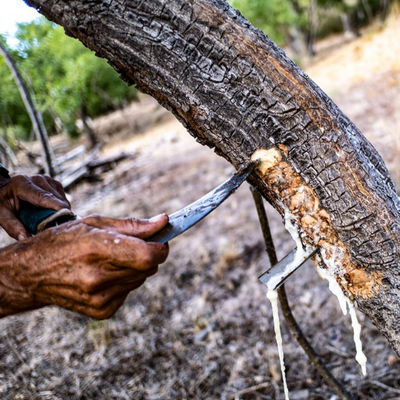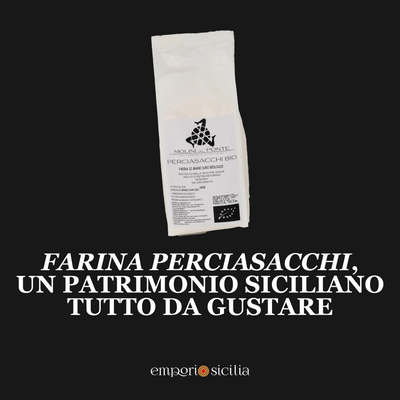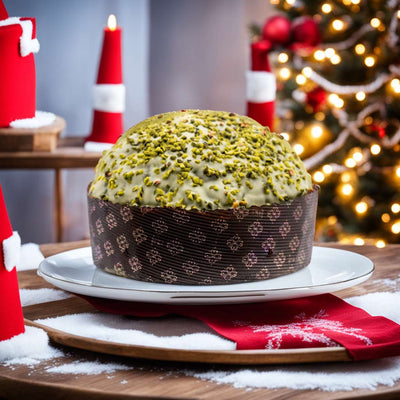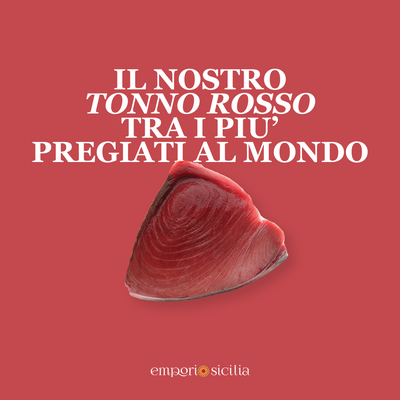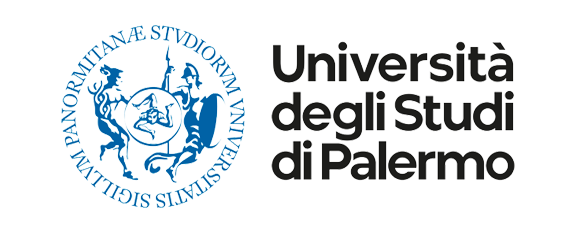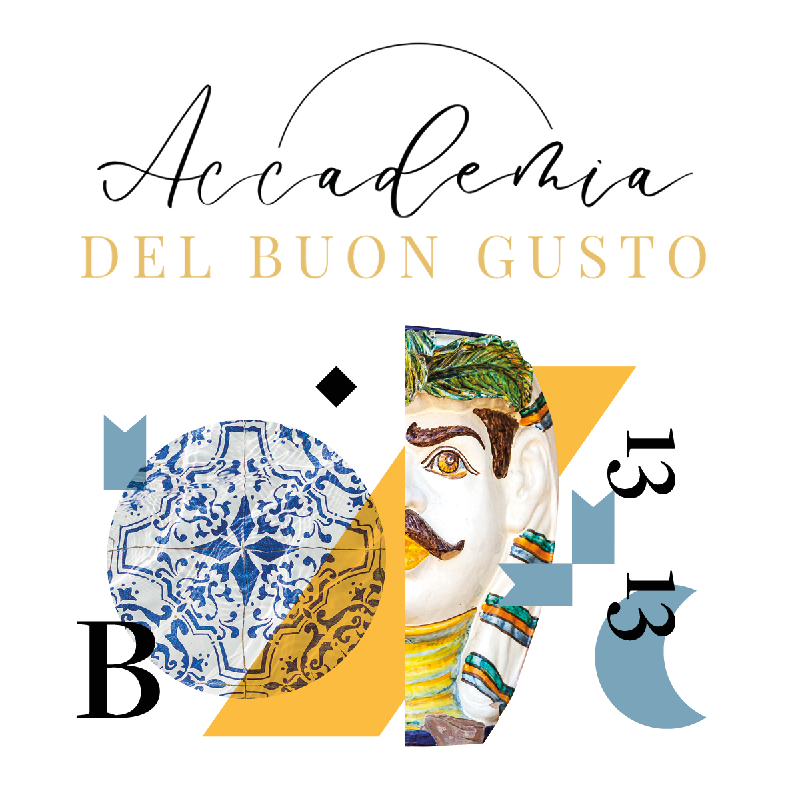Where does cassata come from?
Like most Sicilian specialties, cassata also has an Arab origin .
During the 11th century Palermo was the largest city in Europe and the Arabs had imported various products there. In fact, pistachio, citrus fruits, almonds and sugar cane have started to circulate inside
of the island in this period.
Tradition says that baked cassata has a totally unexpected history. The protagonist is a shepherd who, one night, decided
to use a basin to mix a little sheep's ricotta with sugar and honey , thus discovering something truly exceptional. Subsequently, the cooks of the Palermo court
of the emir , they did their utmost to wrap the same dough in a sheet of shortcrust pastry . From the baking of the latter, the cassata was born. Even today, the baked variant represents the oldest of the
versions of this dessert.
However, the term cassata appears for the first time only in the 14th century. In fact, in the Declarus of Angelo Senisio (a lexicon preserved in a single manuscript from the 15th century), we read that cassata is a food composed of bread dough and cheese . The following centuries mark the evolution of this dessert. In fact, in the eighteenth century, sponge cake began to be used instead of shortcrust pastry and chocolate flakes were added to the ricotta. Similarly, decorations were created with martorana paste, candied fruit and sugar icing . It is precisely with these ingredients that, in 1873 , the Palermo pastry chef Salvatore Gulì created the colorful Sicilian cassata that we know today.
Despite this great innovation, only from the end of the 19th century did the "sweet" cassata become fully established in homes and in popular tradition. Until then it was considered an official dish of the Easter celebration . Indeed, the synod of the diocese of Mazara del Vallo had established it in 1575, also forbidding it from being prepared during the period preceding the religious festival to avoid falling into temptation.
Emporio Sicilia offers you the recipe of the oldest variant,
the baked one. A dish characterized by an unmistakable traditional flavour .
Ingredients (for a 24cm diameter mold)
FOR THE SHORTCRUST:
- ½ kg of 00 flour
- 200 g of butter
- 200 g of sugar
- 2 eggs and 1 yolk
- Zest of 1 lemon
- 1 sachet of vanillin
- Dry biscuits (to taste)
- 1 pinch of salt
- Powdered sugar (for sprinkling)
FOR THE FILLING:
- 1 kg of ricotta
- ½ kg of sugar
- 60 g of chocolate chips.
Method
After draining the ricotta overnight so that it loses all the excess water, add the sugar and mix vigorously to avoid the formation of lumps.
For the pastry , combine the flour , sugar and lemon zest in a bowl. Add the cold butter cut into cubes from the fridge, a pinch of salt and the eggs (keep the remaining egg white, as it will be needed later). Knead the pastry with your hands until the ingredients are perfectly mixed (not too much, to prevent the butter from melting). Make a loaf and place in the fridge for an hour .
In the meantime, line the bottom of the pan with a disc of baking paper cut to size and butter the edges. Roll out 2/3 of the shortcrust pastry between two sheets of baking paper and line the pan, also going up to the edges. Sprinkle a generous layer over the crumbled dry biscuits , which will serve to absorb the moisture from the ricotta. Pour the ricotta inside the casing, level it and crumble other dry biscuits on top.
At this point, lower the edges to the level of the cream and brush them with egg white . Roll out the remaining pastry and cover by cutting the excess and making sure it adheres well to the edges. Prick the surface with the tip of a knife (small cuts) and bake at 180°C for a good hour , checking that the cassata takes on a nice golden colour.
Remove from the oven and after 10/15 minutes turn the cassata upside down onto a tray, leaving it to cool covered by the mold so as not to lose its shape. Sprinkle the cassata with icing sugar . To obtain the classic lozenges, before adding the icing sugar, arrange the spaghetti, crossing them together and then removing them delicately.



